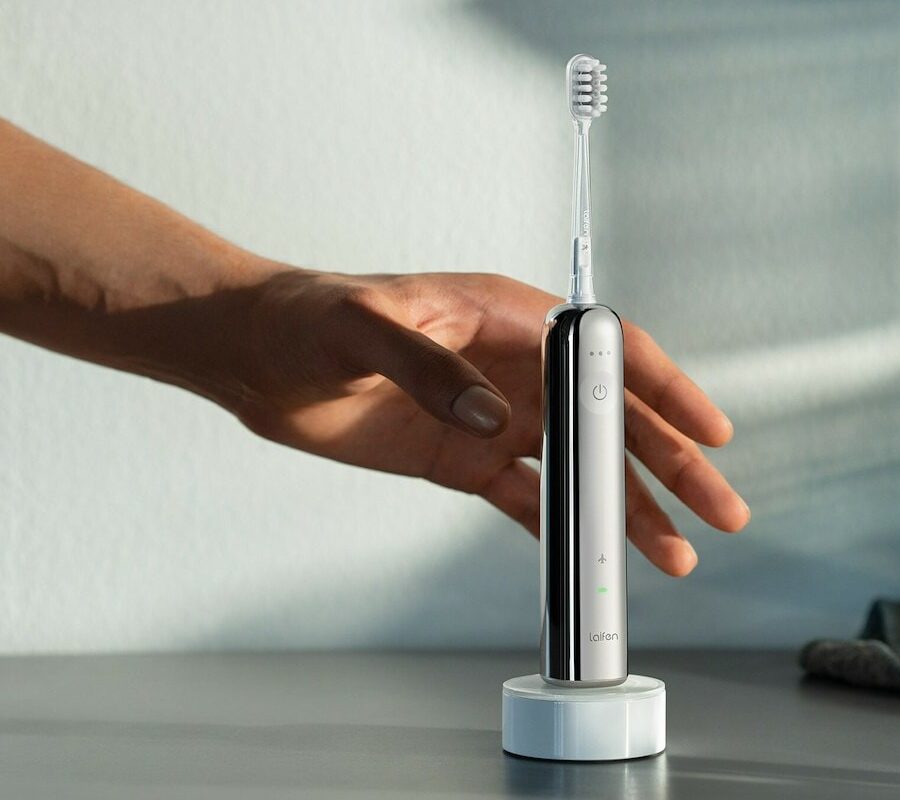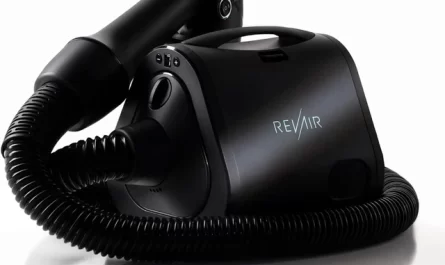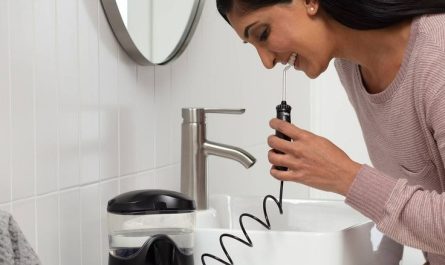Identifying the Causes of Phantom Activations
If your electric toothbrush keeps turning itself on, it’s essential to understand the possible causes. Several factors could be responsible for these phantom activations. Here, we will explore some common reasons and provide insights on what might be happening with your toothbrush.
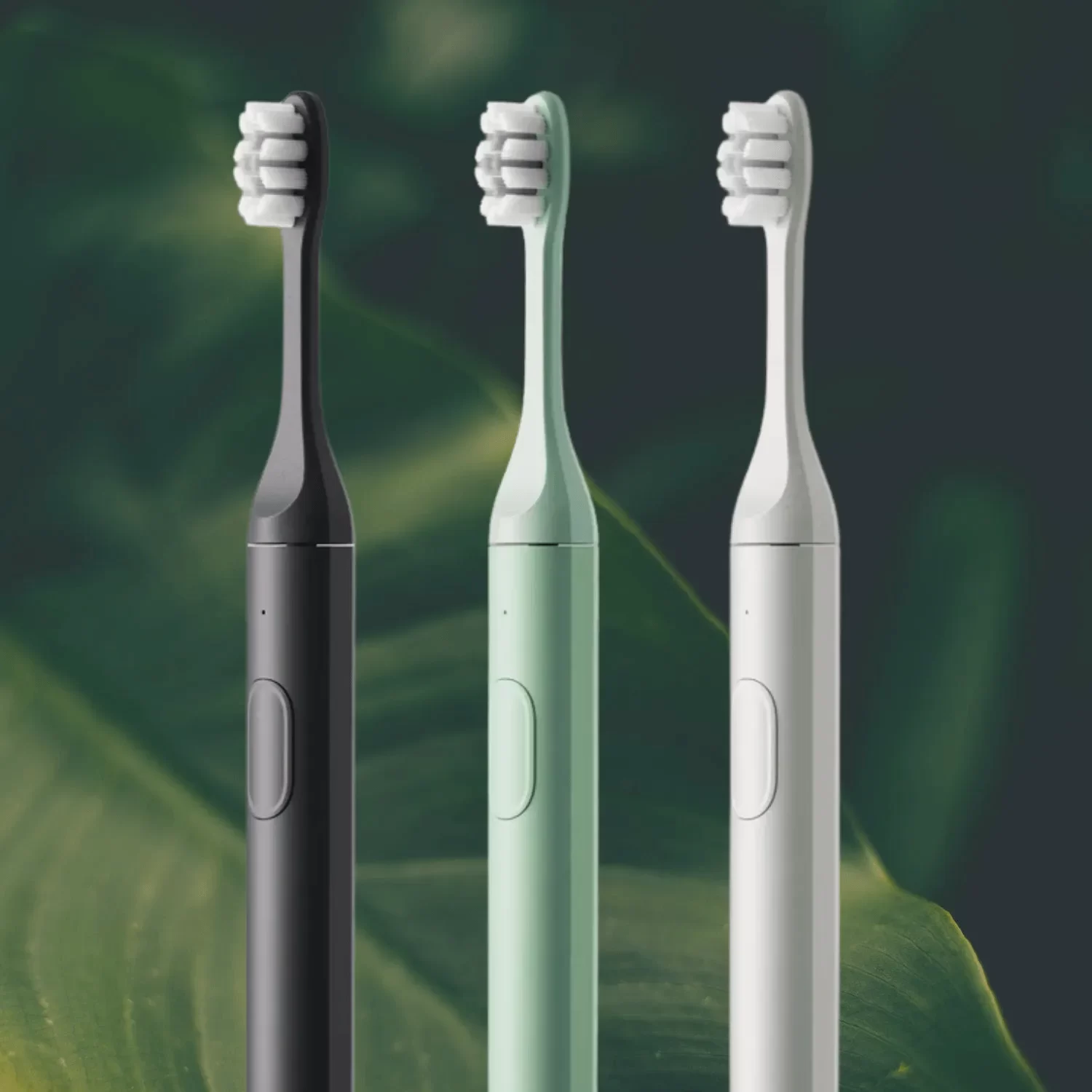
Faulty Buttons
The most straightforward cause could be a malfunctioning power button. Continuous usage can wear out the button, causing it to activate unintentionally.
Water Damage
Water ingress into the internal circuitry can lead to short circuits. This might trigger your toothbrush to turn on unexpectedly.
Battery Issues
Old or malfunctioning batteries can also cause erratic behavior. Compromised batteries might send incorrect signals to the toothbrush’s power mechanism.
Sensor Malfunction
Some advanced electric toothbrushes come equipped with sensors. A faulty sensor might misinterpret signals and turn the toothbrush on without user input.
By pinpointing the exact cause, you can take the appropriate steps to remedy the issue. Each factor mentioned requires a different approach to either repair or replace the affected components.
Common Issues and Troubleshooting Steps
When your electric toothbrush activates on its own, trying to fix it can feel like a puzzle. Let’s break down common issues with simple troubleshooting steps.
Check the Power Button
The first step is to inspect the power button. Look for signs of wear or stickiness. Sometimes, cleaning around the button can solve the issue.
Inspect for Water Damage
Examine your toothbrush for water damage. If you find moisture, let it dry out completely before testing it again. Always ensure the toothbrush is dry before charging.
Test the Battery
Replace the batteries or charge the toothbrush if it has a rechargeable battery. Weak batteries could be tricking the toothbrush into powering on.
Evaluate the Sensors
If your toothbrush has sensors, clean them carefully. Dust and debris can interfere with their functionality, causing unexpected activation.
Following these simple steps often resolves the problem. If your electric toothbrush keeps turning itself on, these tips may prevent a future ghostly encounter.
Electrical Faults: Signs and Solutions
When my electric toothbrush keeps turning itself on, electrical faults might be the reason.
Recognizing Electrical Fault Signs
Look for unexpected behaviors in your toothbrush. This includes turning on without input and function inconsistencies.
Common Electrical Solutions
- Reset the Toothbrush: Disconnect it from power and remove batteries momentarily.
- Inspect Wiring: Check internal wires for damage or loose connections.
- Professional Inspection: If problems persist, seek expert assistance.
Handle electrical issues carefully to prevent further damage.
Maintenance Tips to Prevent Unintended Activation
Proper care and maintenance of your electric toothbrush can significantly reduce the chances of unintended activations. Here are some straightforward maintenance tips to keep your toothbrush in top condition and help prevent those mysterious mid-night power-ons.
- Dry Thoroughly After Use: Make sure to shake off excess water and dry your toothbrush after each use. Storing it upright allows for air circulation and helps prevent water damage.
- Clean Regularly: Build-up around the power button and sensors can cause malfunctions. Wipe down your toothbrush regularly with a soft cloth to keep these areas clean.
- Storage Considerations: Ensure that you store your toothbrush in a dry location away from direct sunlight to avoid battery degradation and other heat-related issues.
- Regular Inspections: Check your electric toothbrush often for signs of wear and tear. Early detection of potential problems can save you from unexpected activations.
- Battery Care: For models with replaceable batteries, change them periodically before they are completely drained. For rechargeable models, follow the manufacturer’s guidelines for charging cycles.
- Avoid Dropping: Impact from drops can damage internal components, leading to erratic behavior. Handle your toothbrush with care.
- Firmware Updates: For advanced toothbrushes with smart features, keep the firmware updated. Manufacturers may release updates that fix bugs causing unintended activations.
By incorporating these maintenance tips into your routine, you can extend the life of your electric toothbrush and reduce the likelihood of it turning on unexpectedly, ensuring it only powers up when you’re ready for a clean, fresh smile.
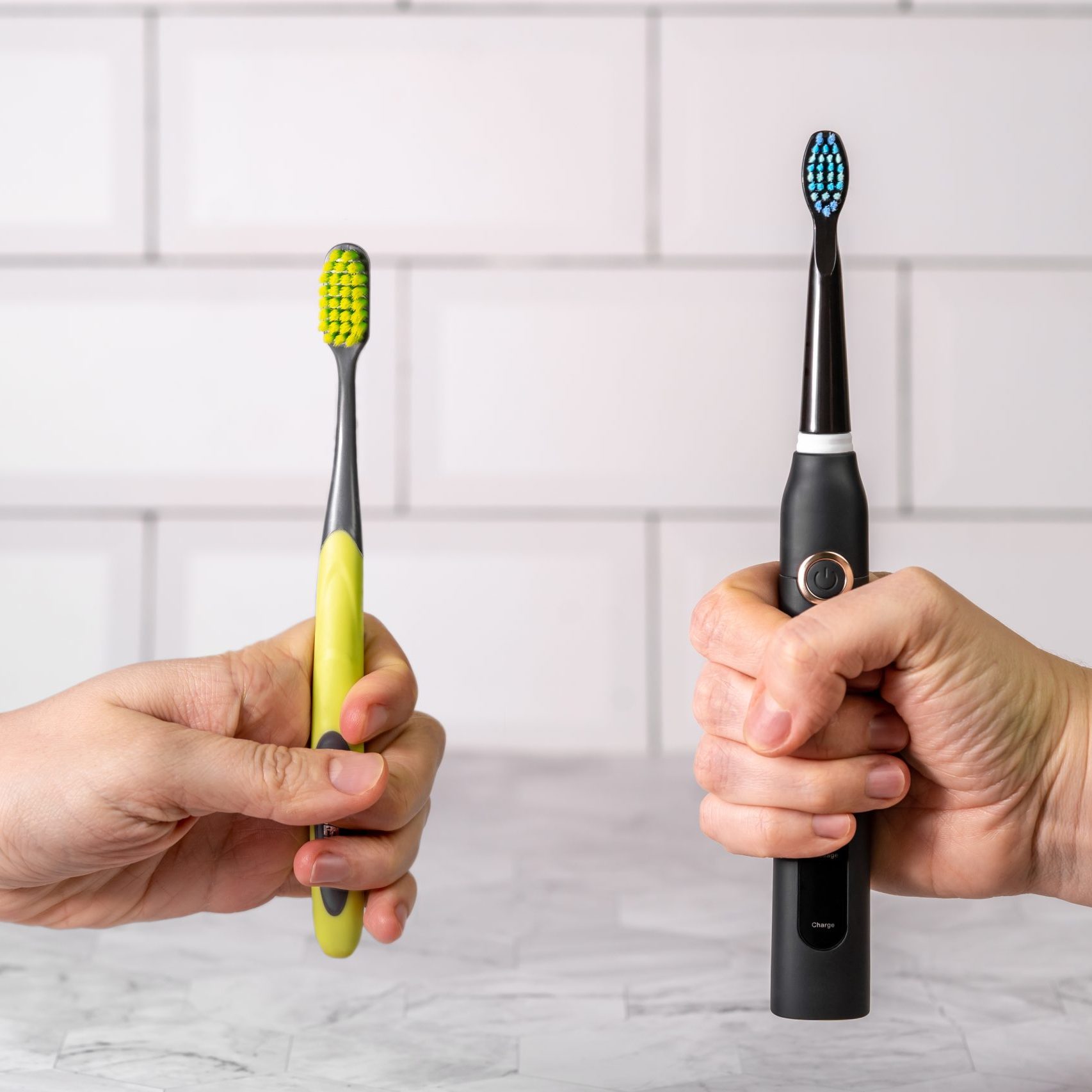 Replacement vs. Repair: Making the Right Choice
Replacement vs. Repair: Making the Right Choice
When your electric toothbrush starts activating on its own, you face a choice: repair or replace it. Consider a few factors to make the right decision.
- Cost Analysis: Compare the cost of repairs with the price of a new toothbrush. If repairs cost nearly as much as a new one, replacement might be more economical.
- Age of Toothbrush: Older models might be more prone to issues and lack newer features. If yours is several years old, upgrading could be beneficial.
- Frequency of Issues: If phantom activations happen often, it might be time for a new one.
- Availability of Parts: Check if replacement parts are available and affordable.
- Warranty Coverage: If still under warranty, repair might be covered. Check your warranty terms first.
Carefully weigh these points to decide whether to repair or replace your electric toothbrush.
User Experiences with Phantom Activation
Exploring real user experiences can provide valuable insights. Many people have faced issues where their electric toothbrush turns on by itself. Here are some shared experiences and tips from affected users.
- Overnight Surprises: Many users report their toothbrush activating during the night. Often, it’s due to moisture in the device.
- Traveling Troubles: Some noticed activations while transporting their toothbrush. Secure storage during travel is crucial.
- Moist Bathrooms: Users in humid areas struggle more with this issue. Keeping the toothbrush in a dry place helps.
- Frequent Battery Changes: Some found that changing batteries more often than expected prevented random activations.
- Professional Consults: Many suggest consulting a professional or returning the product if the problem persists.
These experiences underline the importance of proper maintenance and cautious handling of electric toothbrushes. Keeping devices dry, well-stored, and regularly maintained are key preventive measures.
Professional Repair Services for Electric Toothbrushes
When your electric toothbrush keeps turning itself on, sometimes professional intervention is needed. Below are key points to consider when seeking professional repair services.
- Expert Diagnosis: Professionals can provide a thorough assessment. They identify issues that aren’t apparent to the untrained eye.
- Quality Repairs: Certified technicians use genuine parts for repairs. This ensures your toothbrush works like new.
- Warranty Safeguarding: Getting help from authorized service centers protects your warranty. It ensures any servicing does not void your warranty terms.
- Advice on Preventive Measures: After fixing, professionals can give tips. These tips help prevent future occurrences of the issue.
- Cost-Effectiveness: Sometimes, professional repair is more cost-effective. It extends the lifespan of your toothbrush.
Before sending your toothbrush for repair, verify the repair shop’s credentials. Check user reviews and ensure they have experience with electric toothbrushes. Also, compare costs for repair versus replacing to make an informed decision.
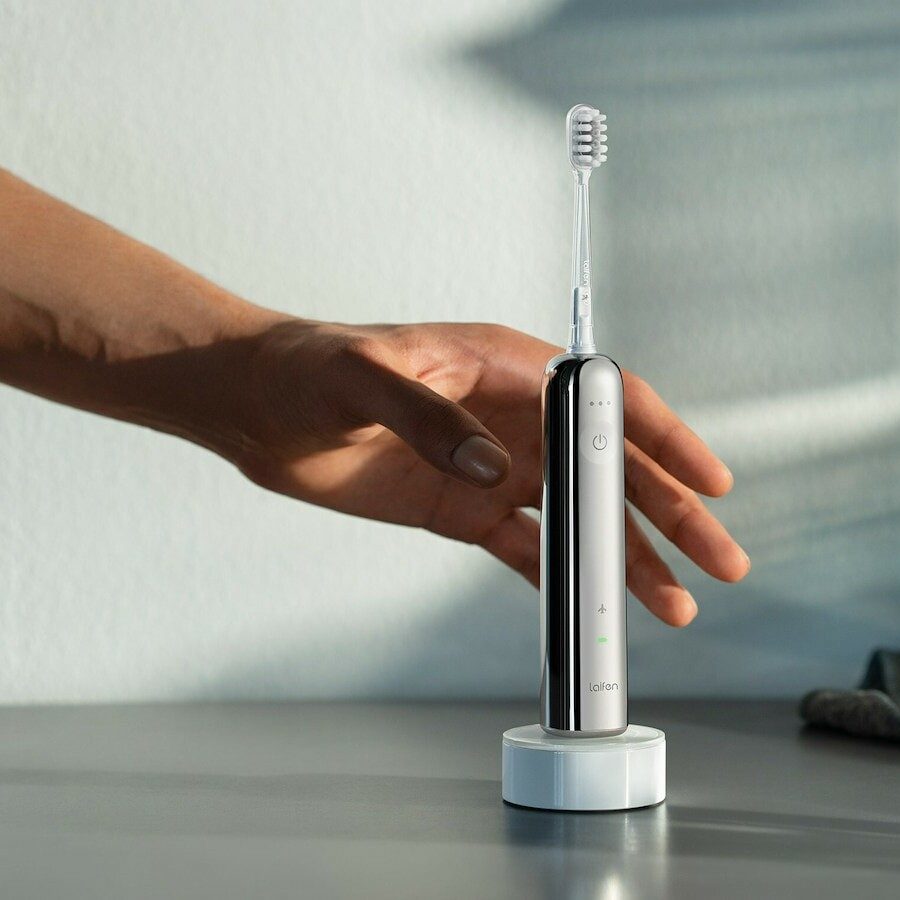 The Role of Manufacturer Warranties in Resolving Issues
The Role of Manufacturer Warranties in Resolving Issues
Dealing with a misbehaving electric toothbrush can be frustrating. One potential solution lies in the manufacturer’s warranty. Here is how warranty can play a key role in resolving issues when your electric toothbrush keeps turning itself on.
Understand Your Warranty Terms
Before taking any action, read your warranty policy. This document outlines what’s covered. It also states the period during which claims are valid.
Make the Most of Warranty Coverage
If under warranty, the manufacturer may repair or replace your toothbrush for free. Their service often includes diagnosing and resolving technical glitches.
Warranty Claims Process
Follow the manufacturer’s procedure to claim warranty services. Provide purchase proof, describe the issue, and wait for their instructions.
Potential Exclusions
Note that warranties may exclude coverage for damage caused by accidents or misuse. Check the warranty terms to ensure your issue qualifies.
Knowing the extent of your warranty protection can save you time and money. It provides a fallback when faced with an electric toothbrush that activates without command.

